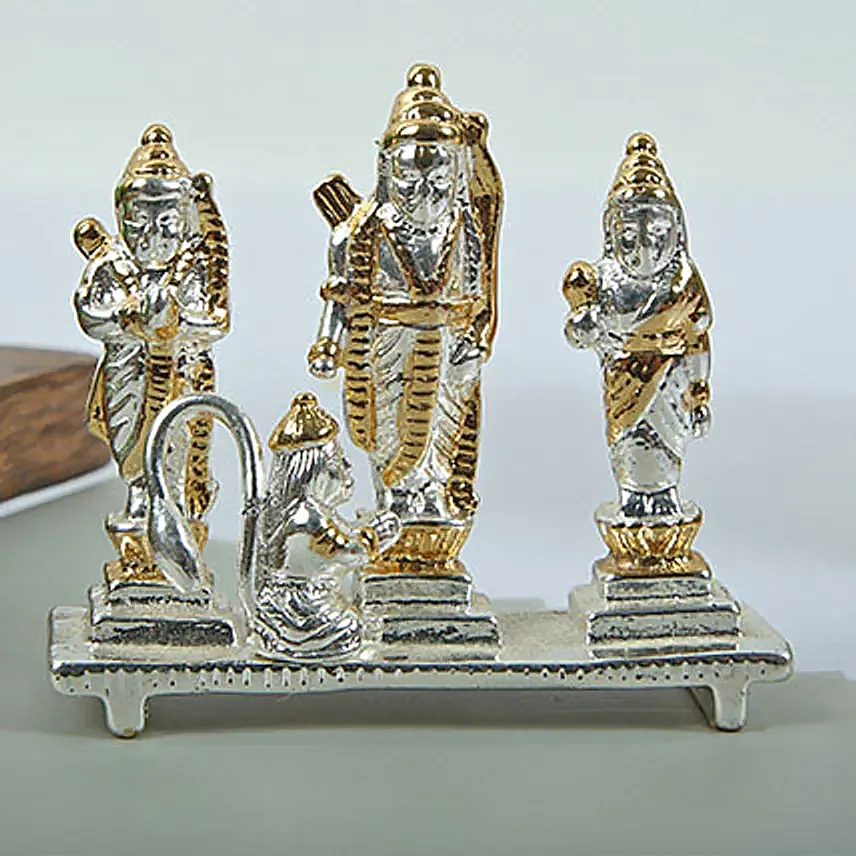About Dussehra
The glorious 9-day observance of Navratri ends with Dussehra. The 10th day of this auspicious festival signifies the victory of good over evil. It is generally observed in the Hindu month of Ashvin, the 7th month of the Hindu Luni-Solar calendar. As per Gregorian calendar, it is on September-October. The other names of this festival are Dasara, Dussehra, Dussehra, and Vijaya Dashami.
This Vijayadashami comprises of two words “jampala” and “dashami” which means “victory” and “tenth” respectively. According to James Lochtefeld, the word Dussehra is a variant of Dashahara which carries Sanskrit words "dasham" and "ahar" meaning "10" and "day" respectively. As per Monier-Williams, Dus means "bad, evil, sinful," and Hara means "removing, destroying," connoting "removing the bad, destroying the evil, sinful. This festival is celebrated with much excitement in India and Nepal mainly. But the way the celebration varies in various parts of India.
Mainly on this day the statues of idols of Goddess Durga and her children are carried to the nearby river, sea, or ocean and immersed. In the way, music and chants play making the procession quite an enjoyable task. In some places, the grand effigies of Ravana are burnt signaling the victory of good over evil. Firecrackers are also lit up to end the evil.
Why Dussehra is Celebrated?
Dussehra or Vijayadasami is observed in various parts of India and the way of celebration varies from one to another. There are various reasons and stories attached to this festival.
As per the pages of the Ramayana, Ravana – the demon kidnapped Sita, the wife of Lord Rama who was in exile. Lord Rama initially requested Ravana to release his wife but he didn’t agree to it and that lead to a massive war. There is a slight backstory of Ravana and his power. He performed severe penance for 10,000 years and gained a boon from Lord Brahma – he could not be killed by gods, demons, and spirits. So, evading the boon of Lord Brahma, Lord Vishnu incarnates as the human Rama to kill Ravana. Ravana had 10 heads and killing someone who has 10 heads is called Dussehra. By killing Ravana, Rama restored peace and justice on the earth. After defeating the demon king, when Lord Rama went back to Ayodhya, all the house were lit up with diyas, signifying the death of evil. And thus after 15 days of Dussehra, Diwali is celebrated.
In the Mahabharata, Arjun, the best archer of his time defeated the Kauravas consisting of 10,000 soldiers. This incident took place on the same day on which Lord Rama killed demon king Ravana. This is another example of the victory of good over evil and forms another reason for Vijaya Dashami celebration.
There is another story of Dussehra celebration that involves Goddess Durga and Mahishasura. In Eastern and North Eastern states of India, this is the major reason for Vijaya Dashami celebration. As per the stories narrated since times immemorial, Goddess Durga killed Mahishasura or the buffalo demon and brought peace back to the earth. Mahishasura received a boon from Lord Brahma that no man or god can kill him and thus he started his brutal activities and that became unbearable. So, all the gods created Devi Durga who fought with Mahishasura for 9 days and finally defeated him.






